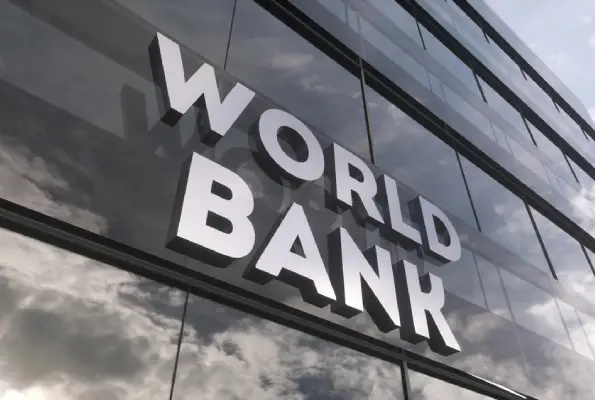The economic landscape in the Middle East and North Africa (MENA) region is taking an alarming turn, according to a recent World Bank analysis. The update, titled “Conflict and Debt in the Middle East and North Africa,” focused on the region’s continuous conflicts, poor economic growth, and growing debt loads.
The regional gross domestic product (GDP) was only slightly expected to grow to 2.7% in 2024, according to the report—a pitiful improvement over the 1.9% seen in 2023. This slow growth was a throwback to the weak economic performance of the ten years before COVID-19.
The analysis delineated multiple elements that are contributing to the economic distress of the region. First of all, the prolonged conflict in West Asia still hurts commerce, investment, and economic activity as a whole. Economies are further strained by the conflict’s unintended consequences, such as growing food and energy costs.
With the Gaza Strip’s GDP falling by 86% in the last quarter of 2023, economic activity in the region has all but stopped. With simultaneous crises in the governmental and commercial sectors, the West Bank has entered a recession.
April 15, 2024, marked the end of the conflict in Sudan, North Africa. Since then, there have been around 15,000 fatalities, eight million civilians displaced, and 25 million people in need of immediate aid. Humanitarian organisations have issued warnings over the impending dangers of starvation, assistance embargoes, and an increasing number of crimes perpetrated by all sides.
Second, the study emphasised the mounting debt load, especially in nations that purchase oil. These countries struggle to pay off their debt and fund vital social programmes because their debt-to-GDP ratios are higher than 90%. The World Bank emphasised that to prevent additional debt accumulation, budgetary restraint is necessary.
The unequal distribution of economic fortunes in the MENA area was also acknowledged in the article. In 2022, rising energy prices helped oil-exporting nations, while oil importers still face difficulties.
Given the forecast’s similar growth rates for both groups, this gap is probably going to continue in 2024.
“While it is difficult to prevent uncertainty, it is possible to prepare for it. This paper emphasises the necessity of addressing debt transparency among other things. Controlling main balances is crucial, but only if they accurately reflect the current state of government finances, which they might not if expenditure is going above budget. The research presented evidence that oil-importing countries in the Middle East and North Africa (MENA) have found it difficult to reduce their debt or avoid debt through inflation. This emphasises the need for fiscal restraint to reduce debt,” the report stated further.
Unreported expenses have notably impeded attempts toward debt and fiscal transparency, negatively impacting several MENA economies.
According to the World Bank, diversifying economic and fiscal revenue streams is the main issue for oil-exporting nations in light of the changing dynamics of the global oil markets and the rising demand for renewable energy sources.
MENA economies need to prioritise transparency and implement structural changes to seize development prospects and define a sustainable future for the region’s economies.



